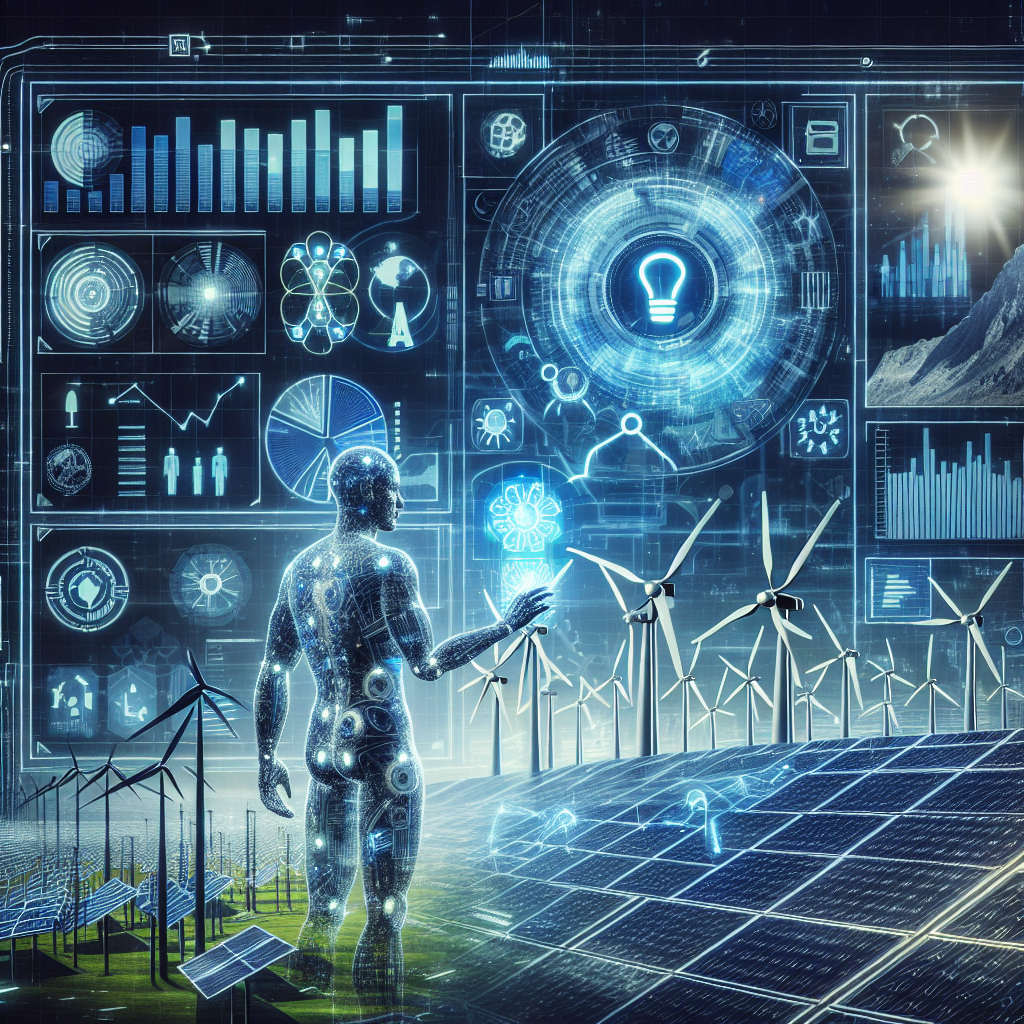In recent years, artificial intelligence (AI) has emerged as a powerful tool for enhancing energy monitoring and control in renewable energy systems. AI algorithms are being used to optimize energy production, improve grid stability, and reduce operational costs in renewable energy installations. From wind farms to solar panels, AI is revolutionizing the way we monitor and control energy systems, making them more efficient, reliable, and sustainable.
AI applications in energy monitoring and control
AI applications in energy monitoring and control are diverse and can be applied to various aspects of renewable energy systems. Some of the key applications of AI in this field include:
1. Predictive maintenance: AI algorithms can analyze data from sensors and other sources to predict when equipment is likely to fail. This allows operators to schedule maintenance proactively, reducing downtime and improving the overall reliability of the system.
2. Energy forecasting: AI algorithms can analyze historical data and weather patterns to forecast energy production from renewable sources such as wind and solar. This information can help operators optimize energy production and storage, reducing costs and maximizing revenue.
3. Grid optimization: AI algorithms can analyze data from sensors and other sources to optimize the flow of energy through the grid. This can help improve grid stability, reduce congestion, and minimize energy losses, leading to a more efficient and reliable energy system.
4. Load balancing: AI algorithms can analyze real-time data from sensors and other sources to optimize the distribution of energy within a system. This can help reduce peak demand, lower energy costs, and improve overall system efficiency.
5. Fault detection: AI algorithms can analyze data from sensors and other sources to detect faults in equipment or the grid. This can help operators identify and address issues quickly, reducing downtime and improving system reliability.
Overall, AI applications in energy monitoring and control are helping to make renewable energy systems more efficient, reliable, and sustainable. By leveraging the power of AI, operators can optimize energy production, improve grid stability, and reduce operational costs, leading to a more sustainable energy future.
FAQs
Q: How does AI improve energy monitoring and control in renewable energy systems?
A: AI algorithms can analyze vast amounts of data from sensors and other sources to optimize energy production, improve grid stability, and reduce operational costs. By leveraging AI, operators can predict equipment failures, forecast energy production, optimize grid flow, balance loads, and detect faults, leading to a more efficient and reliable energy system.
Q: What are some real-world examples of AI applications in energy monitoring and control?
A: One example of AI applications in energy monitoring and control is predictive maintenance, where AI algorithms analyze data to predict equipment failures and schedule maintenance proactively. Another example is energy forecasting, where AI algorithms analyze historical data and weather patterns to forecast energy production from renewable sources such as wind and solar.
Q: How can AI help reduce energy costs in renewable energy systems?
A: AI can help reduce energy costs in renewable energy systems by optimizing energy production, improving grid stability, and reducing operational costs. By leveraging AI, operators can forecast energy production, balance loads, detect faults, and optimize grid flow, leading to a more efficient and cost-effective energy system.
Q: What are the benefits of using AI in energy monitoring and control?
A: The benefits of using AI in energy monitoring and control include improved reliability, increased efficiency, reduced downtime, lower costs, and a more sustainable energy system. By leveraging the power of AI, operators can optimize energy production, improve grid stability, and reduce operational costs, leading to a more sustainable energy future.

